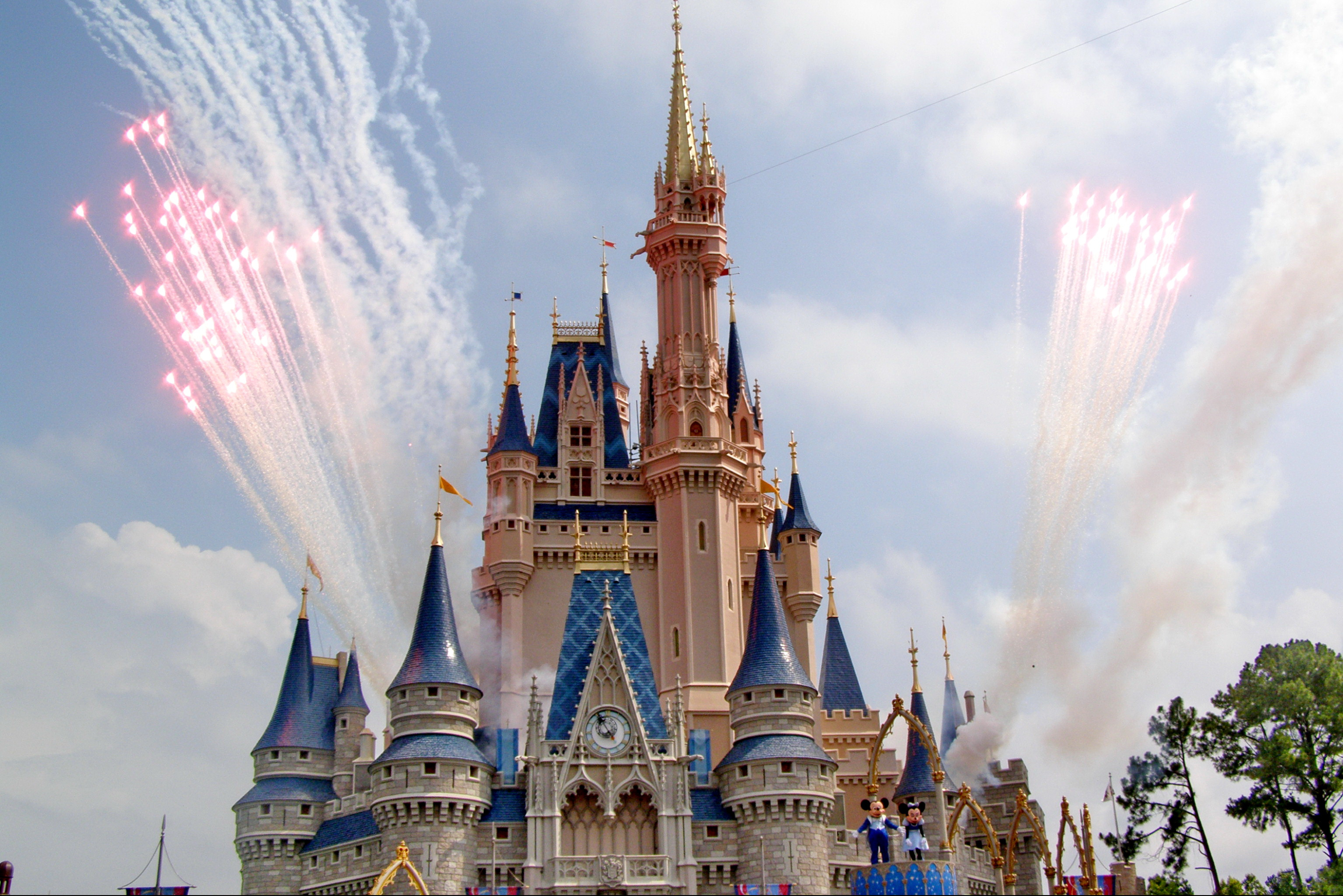The Walt Disney Company was founded 100 years ago, in 1923, making it the oldest entertainment conglomerate. Initially, the company’s main direction was animation, as shown by their early short films which thoroughly encapsulated that, providing the studio with an excellent reputation in the animation industry. Walt Disney, as an excellent visionary, decided to push the boundaries of imagination and animation, beginning to create full-length animated films. It was a revolution! In 1937, ‘Snow White and the Seven Dwarfs’ became a commercial success and cemented a milestone in cinematic history. Pushing past this breakthrough, Disney released ‘Pinocchio’ and ‘Dumbo’ which entailed record-breaking success; however, a severely dark period soon followed this golden age. World War II devastated the world in 1939, leaving the film industry in non-commercial stagnation.
Studio productions were entirely frozen, and people lacked the spirit and joys of entertainment they once knew. Disney struggled to survive financially as people stopped going to cinemas. As a result, the studio was forced to impose significant budget cuts and reduce the staff, jeopardising the company’s aggrandised vision of the future. During that period, Disney created batch films, which were cheaper and easier to produce. The cartoons were educational in discipline and military spirit to teach the essential skills of the armed forces. These cartoons explained the social and economic situations in Europe and promoted propaganda posters covering all socio-political events. When the war was over, the world entered a state of rebirth, and the film industry followed suit, awaiting its next big hit, and that’s when Disney struck gold.
In 1950, the movie screens showcased a story of glass heels and talking mice to return to its roots; ‘Cinderella.’ Upon gaining inspiration from fairy tales, Disney reshaped a tale as old as time into an enchanting story of love and magic. Despite this, the post-war financial struggles weighed the mass media company down, searching for definite wins and audience praise. Incorporating the idea of the American dream with principles of hard work, through retold fairytales, that lead to delightfully happy endings, helped these picture films break box office records. The studio began to gain recognition with renewed vigour, and almost every new film of this time period became a Disney cult classic. Disney invented the formula of adapting fairy tales and folklore, giving us exciting and heartwarming plots, compellingly charming princesses, and dramatically charismatic villains. The following decades were complimented by the progress of digital technology, starting with ‘101 Dalmatians’, as it was the first film to adapt copier technology for more detailed animation.
Unfortunately, throughout the ’60s and ’70s, another dark period caught up to the beloved company. On a fateful day in 1966, Walt Disney passed away, and a batch of frankly forgettable films did not manage to dominate theatrical releases much like its predecessors. The main challenge for the studio was that they lost touch with the audience; they were unable to successfully reflect on the interests of society. Catering to children with a classic narrative on “good vs. evil”, no longer appealed to the general population. It was essential to keep up with the times and monitor the needs of society. Film is the replica and result of a fraction of an era captured in time. It speaks to the people’s hearts and broadcasts the wonder of a whole generation. Disney lost track of this for several decades, and as any period eventually came to an end, even the most unfortunate ones followed suit. Consequently, society had a crumbling nostalgia for the good old comfort of fairy tales by the late 80s, when the world was leaving the Cold War behind. Soon after, ‘The Little Mermaid’ set the Renaissance era for Walt Disney studios!
This began Disney’s elevation in the ’90s and early noughties, as successful collaborations with Pixar made it possible to bring the company out of its crisis, with ‘Toy Story’ and ‘Monsters Inc.’, developing new stories on friendship that avoided romantic typicality. ‘The Princess and the Frog’ took the classic Disney princess trope by storm, and altered it to conduct modern narratives on female characters, bringing an excitingly modern take on the classics. A modern Disney heroine no longer aspired to marry a man to change her life, she sought to do it herself. The modern princess ached to fulfil her dreams, paving the way for ‘Tangled,’ ‘Frozen,’ and countless other strong-minded characters that changed the meaning of ‘representation’. The release of ‘Zootopia’, ‘Big Hero 6’, and other immensely successful animated films of this period were more modern in visual style, and altered the manner in which they touched upon topics of relevance. The newer works of Disney explored it more deeply following the progress of CGI and emerging animation technologies. A wave of remakes was then delivered to the audience, with realistic animals in ‘The Jungle Book’ and ‘The Lion King’ live-action adaptations, that shifted Disney’s creativity towards more live-action films.
Disney’s history marked the foundation for the animated industry we have come to know and adore. Beloved characters, magical stories, and catchy tunes are what stick with us from our fleeting childhoods. Despite all the rocky periods it has had to manoeuvre through, Disney continues to fill us with nostalgic joy. This was a deep dive into film history, and hopefully, this has also expanded your knowledge of filmography and allowed you to reach your own interesting conclusions on the role of animation in our lives, and the eternal impact of Disney on the film industry.
Written By Amalia Aleyeva
Edited By Daniel Williams






0 Comments